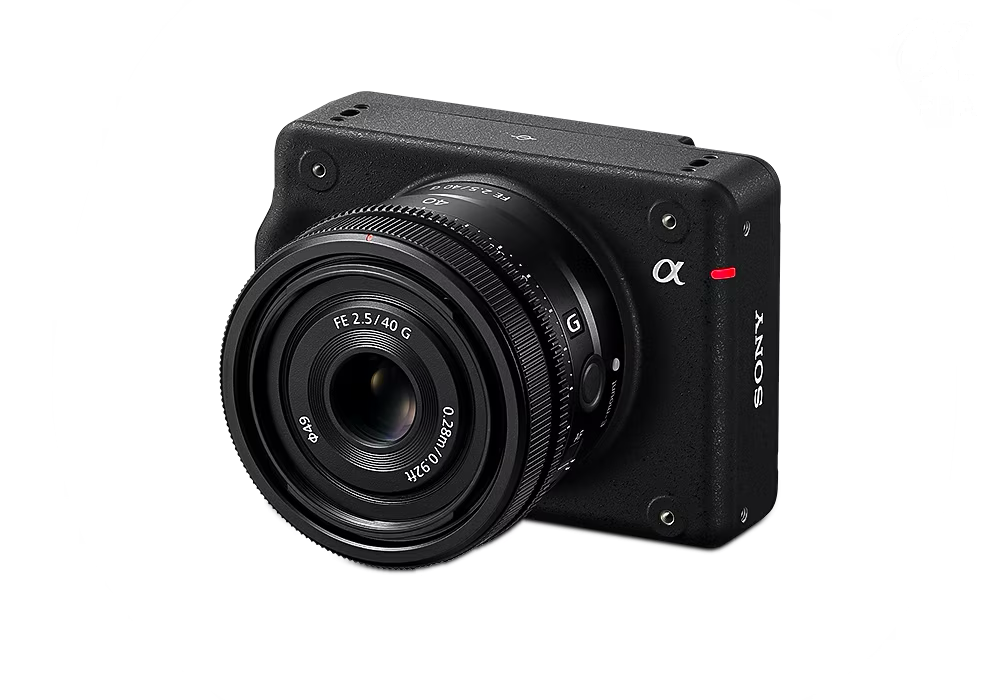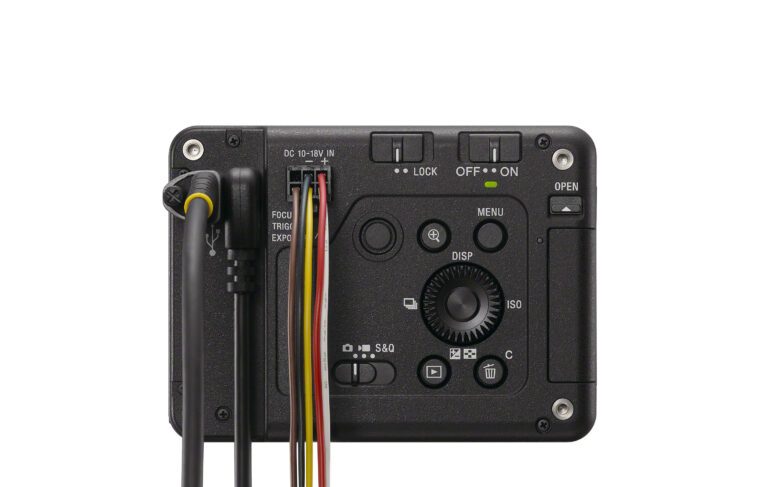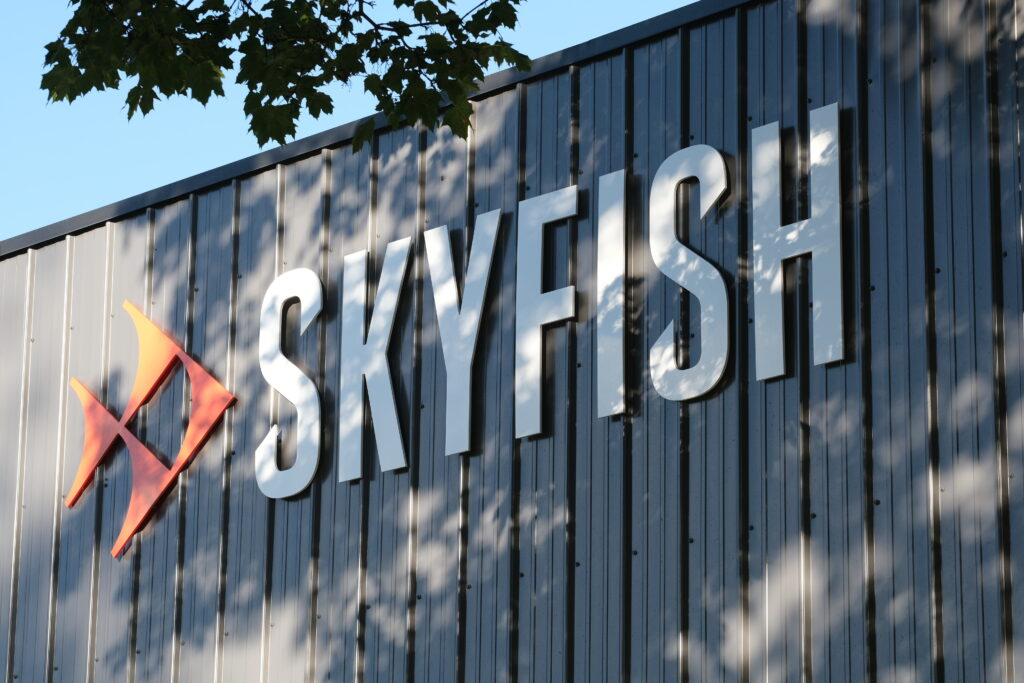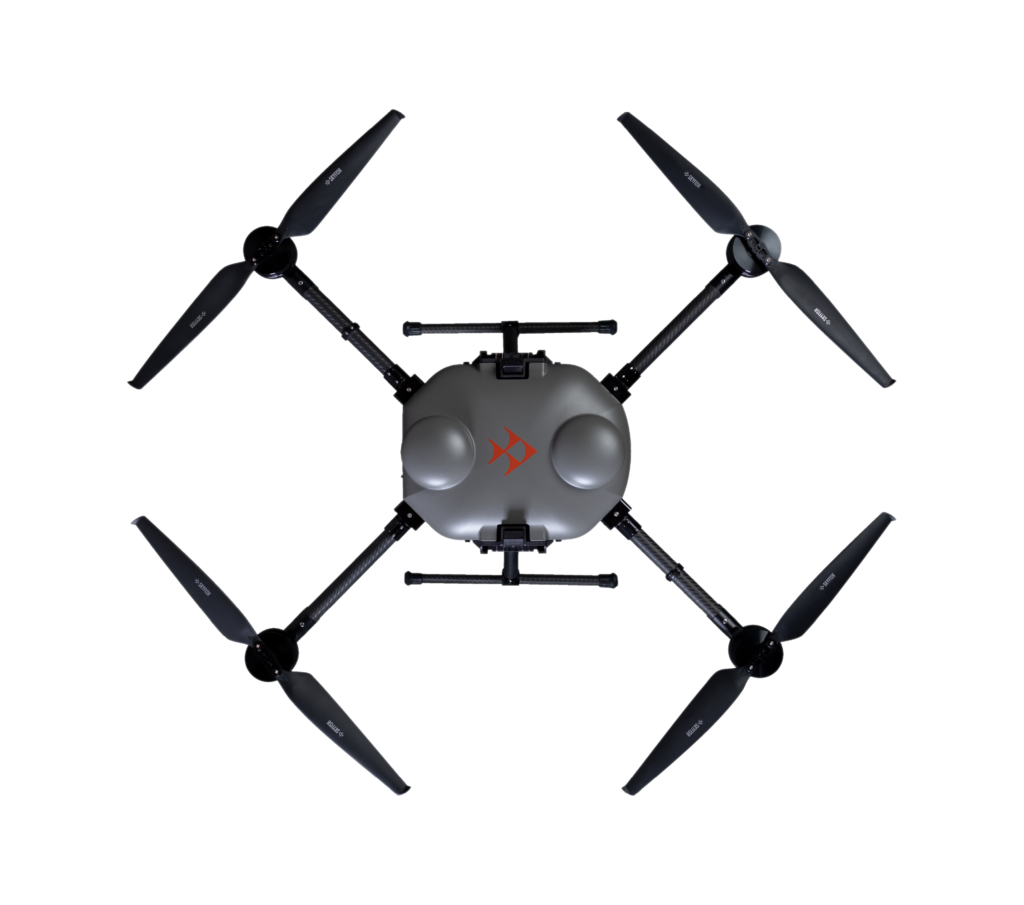This story was originally posted by DroneLife.com
Today, Sony launched their newest offering: an ultra-lightweight, interchangeable lens professional camera designed for industrial applications. As Sony exhibits the new camera at Commercial UAV Expo this week, US drone manufacturer Skyfish will be demonstrating the Sony payload in action. The first drone manufacturer to support the new ultra-compact camera with Sony’s new SDKs, Skyfish has been able to leverage the technology to the fullest for stunning, engineering-grade results.
The ILX-LR1: High Resolution, Compact Body
Sony’s new ILX-LR1 is designed for industrial use: an interchangeable lens camera with approximately a 61-megapixel 35 mm full-frame image sensor. “With high resolution and in a lightweight, compact form, it is ideal for inspection, investigation, surveying, and mapping by drone,” says the Sony press release.

The ILX-LR1 is small, lightweight, and designed for integration with industrial tools. The sensor not only captures high resolution, low noise images, but also has a range of features for commercial applications: including selection of a continuous shooting capability such as 3 frames per second, which is suitable for mapping, and compatibility with a wide range of E-mount lenses that allow for the selection of the most appropriate lens based on the project.

“The compact, box-shaped camera has screw holes (M3)i for secure mounting, in any suitable location, on any of its six sides including for attaching to a drone, industrial machines, robots and/or submersibles. In addition, it has mounting screw hole (1/4–20 UNC) on the bottom surface. The USB Type-C and HDMI Micro (Type D) are together on the rear of the camera for easy installation.”
The Skyfish Integration: Leveraging the Power of Sony’s Imaging for Engineering-Grade Data
Along with the new camera, Sony has launched a new SDK. Long-time Sony partners Skyfish are a launch partner, showcasing the new sensor with integration into the Skyfish M4 commercial platform. Skyfish leverages photography, proprietary algorithms, and accurate metadata to create very precise 3D models or digital twins of large infrastructure, accurate to within 1/32 of an inch.

“Sony has been great to work with,” said Skyfish CEO, Dr. Orest Pilskalns. “I think everyone is going to be pleasantly surprised by this camera. Sony is an amazing company — the attention to detail is unmatched.”
Pilskalns says that the new camera offers all of the features that users expected from the larger Alpha 75 — in a fraction of the size, which Pilskalns says is great for users. “Every ounce counts on a drone,” he said. “You can have a smaller gimbal, you get more flight time, or you have the ability to add more sensors without losing flight time. You just have more capability.”

Pilskalns says that Sony has really listened to end users about what’s in the API: integrating all of the best existing functionality and including new features based on customer needs. Because the camera doesn’t have a mechanical interface of any kind, however, it’s only as good as the drone company doing the integration: the features have to be implemented through the onboard computer.
For Skyfish, that creates an opportunity to optimize their own workflows and capabilities. “One of the benefits of managing the entire stack is that we’ve been able to exploit these features so that the end user can take advantage of them,” said Pilskalns.
“Skyfish’s early integration of the new ILX-LR1 camera follows both companies’ close collaboration over the past several years,” said John Monti, Director Industrial Camera Solutions, Sony Electronics Inc. “Skyfish continues to drive new state-of-the-art capabilities of great value to mass-scale industrial inspection and mapping applications across a broad set of critical industries,” Monti said.
“Sony makes the best sensors on the market,” said Pilskalns. “This small camera may change the marketplace.”